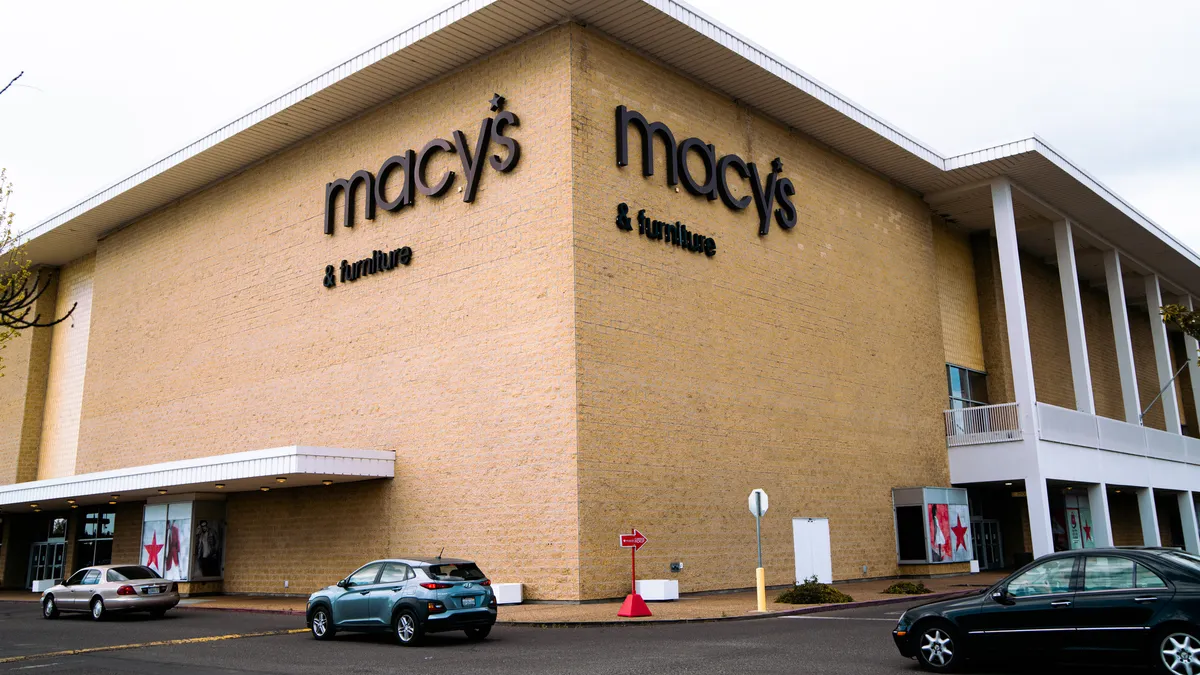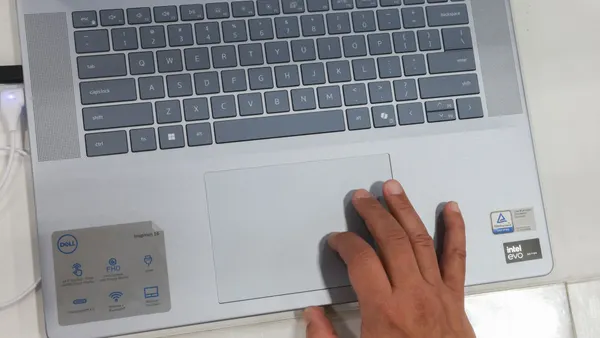U.S. apparel, footwear and department store retailers and brands are facing a tough road thanks to the country’s tariff-heavy trade policy.
As they sell through inventories acquired earlier this year, import duties will eat into their profitability, and, with little room to raise prices, revenue will grow 3% at most, according to a recent Moody’s Ratings report. The analysts led by Senior Vice President Christina Boni give the sector a negative outlook, stating “the consumer environment remains difficult.”
These retailers are “the most exposed to current tariffs and vulnerable to further increases,” Boni said.
So far in 2025, department stores have seen year-on-year sales declines every month except January, though apparel retailers have gained most months, according to numbers from the U.S. Department of Commerce. Value players like Walmart (which “will particularly outperform, based on its scale and significant exposure to grocery”) and off-price retailers have an advantage, according to Moody’s research. “In contrast, Target's ... operating performance will be weak in part because of its higher mix of discretionary general merchandise sales,” the analysts said.
Moody’s Ratings analysts previously expected an EBIT decline in the sector, excluding e-commerce, of more than 10% over the next 12 months. With reciprocal tariffs pushed to Aug. 1 they have reduced that considerably to a decline of 3% to 5%. Their revenue growth expectations haven’t changed, though, because weak demand is making it difficult to defray the higher costs via price hikes. Moreover, if tariffs worsen again, the EBIT expectations would follow, co-author Mickey Chadha, Moody’s Ratings vice president of corporate finance, said by email.
Pricing has emerged as a challenge for retailers, in part because consumers started the year already choosy about discretionary spending, well before the Trump administration began implementing new import levies. Some retailers employing the retail inventory method of accounting are seeing margin swings that are complicating assessments of how tariffs are impacting performance.
As Moody’s notes, there are macroeconomic factors beyond tariffs pressuring retail, too, including companies outside apparel. That includes elevated interest rates, “which also weighs on larger discretionary and housing-related purchases,” Boni said. The analysts see U.S. employment cooling and expect unemployment to reach 4.3% by the end of this year and 4.5% next year.














